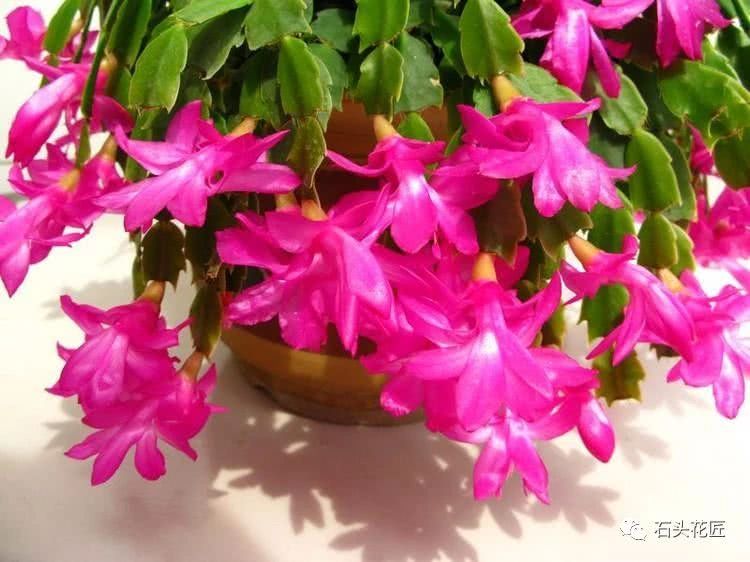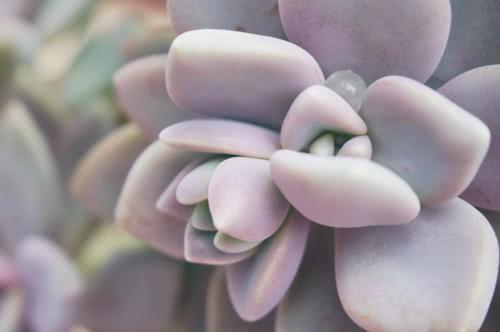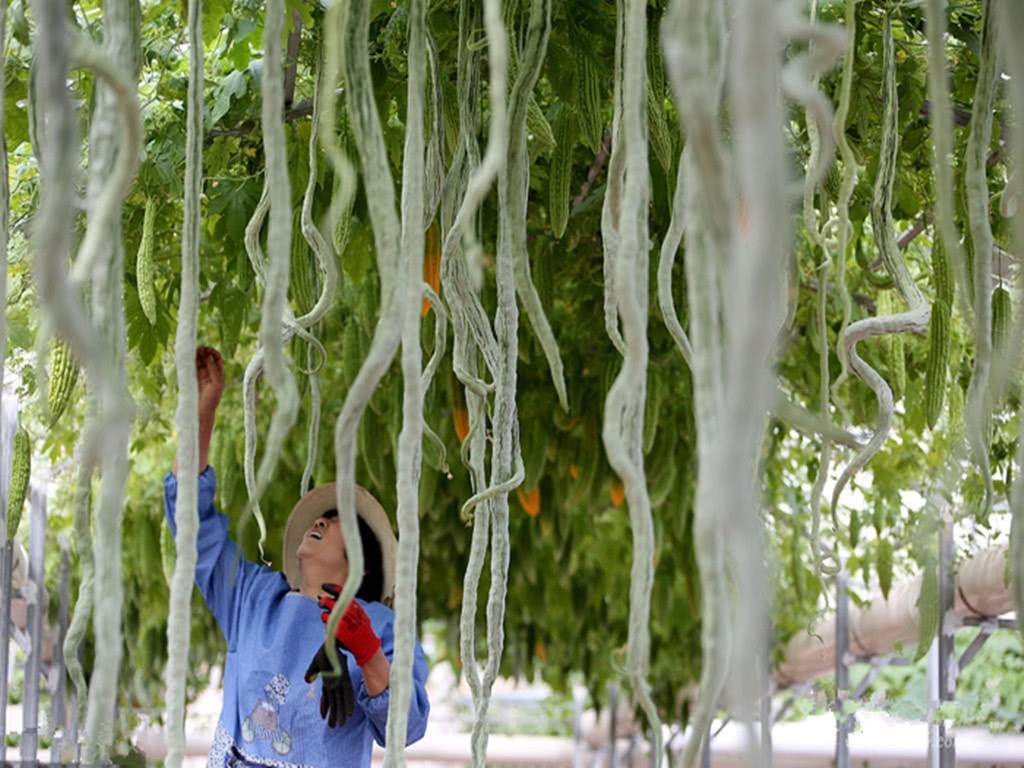Four kinds of waste water watering flowers into the basin, long leaves and fat flowers bloom continuously.

The recent rise in temperature across the country is really excruciating for very people, it is really too hot. Stone is sweating to take care of his flowers every day. I would also like to remind you that you should try your best to take care of your flowers in the early morning or evening, so that you will not be roasted by the scorching sun. It is also the right time to take care of flowers.
Today, the main thing to share with you is: using the "waste water" in daily life to grow flowers, as long as it is used properly, it is very beneficial to plant growth.
1. Amoy rice water: full fermentation is good fertilizer
Stone also noticed at ordinary times that many people know that watering flowers with Amoy rice water is good for the growth of flowers, so they pour the fresh rice water directly into the flowerpot. Many people not only fail to fertilize, but also attract worms and cause rot. In fact, there is a way to use Amoy rice water, that is, it must be fully fermented before use, which can be regarded as "safe fertilizer".
Fermentation method:
Pour the rice water into the plastic bottle, do not fill it, the water surface is at least about 5cm from the mouth of the bottle, leave the space for fermentation to produce gas. Tighten the bottle in a cool place and it will ferment in a week or so. The fermented rice water will have a lot of foams and bubbles on the leaves.
How to use it:
The fermented rice water will not attract mosquitoes or rooting by fermentation again, mixed with water at 1:1, the best effect of watering flowers, can be thoroughly watered, canned roots. Water contains elements such as nitrogen, phosphorus and potassium to promote plant growth; watering is best in the early morning or evening.
two。 Overnight tea: use water instead of tea
Tea is rich in potassium, which is a necessary nutrition for plant root growth, so watering flowers with overnight tea has a great effect on flower root growth. When in use, it is best to use overnight tea, such water is also slightly fermented, the effect is better, but in use, it is recommended not to pour the tea into the flowerpot, because the tea is completely unfermented. Pour in the flowerpot, if the pot is wet, it will rot and ferment, affecting the root growth of the plant in the pot.
3. Fish culture water: organic fertilizer to be fermented
Many people raise fish at home, you know, fish water is a very good organic fertilizer, because the water has fish feces, rich in nitrogen, phosphorus and potassium. But the premise is that it must be fully fermented. A flower friend said before: he watered the crab claw orchid with fish, and the root rotted a week later.
In fact, the main problem is that the fish culture water does not ferment at all, but in the basin, because there are germs that eventually lead to plant rot. Change out of the fish culture wastewater, it is best to be packed in plastic bottles, fully fermented for 1-2 weeks, and then mixed with water at 1:1, the fertilizer effect will play very well.
4. Rain Water: watering flowers is the best.
Natural water is the water that plants need most to grow. When haze is not very serious in summer, every time it rains, pick up some Rain Water to water the flowers. The effect will be very good. Rain Water is acidic water, and most plants like to grow in slightly acidic or neutral soil. Watering Rain Water can adjust the pH of the soil.
As a matter of fact, these four kinds of water are all waste water in daily life, and they are all dumped. A little treatment of them is a good fertilizer for growing flowers. In such a hot summer, it can not only replenish water and fertilizer, but also save water.
- Prev

Is it bad to raise succulent plants in summer? Pick up some under the park tree and it will grow chubby at the bottom of the basin for 30 days.
For flower lovers who like to grow flowers, as we all know, summer is a watershed for growing flowers, and the longer it is cultivated, the better, and many pots will be harvested directly in autumn; for those who can't grow well, it is estimated that there will be only one empty pot left in summer. Special.
- Next

The vegetable grown by my aunt is 2 meters long. The whole family can't finish two meals. The neighbors all join the party.
One of the vegetables planted by the aunt is 2 meters long, and the whole family can't finish two meals, and the neighbors all join in the fun! Today's fruits and vegetables, that is on the original basis, the innovation of a variety of strange varieties, so that people have the desire to eat. Again.
Related
- Wuhan Hospital Iron Tree Blooming Result Was Instantly Frightened by the Gardener Master
- Which variety of camellia is the most fragrant and best? Which one do you like best?
- What is the small blue coat, the breeding methods and matters needing attention of the succulent plant
- Dormancy time and maintenance management of succulent plants during dormancy
- Minas succulent how to raise, Minas succulent plant pictures
- What are the varieties of winter succulent plants
- How to raise succulent plants in twelve rolls? let's take a look at some experience of breeding twelve rolls.
- Attention should be paid to water control for succulent plants during dormant period (winter and summer)
- Watering experience of twelve rolls of succulent plants
- Techniques for fertilizing succulent plants. An article will let you know how to fertilize succulent plants.

